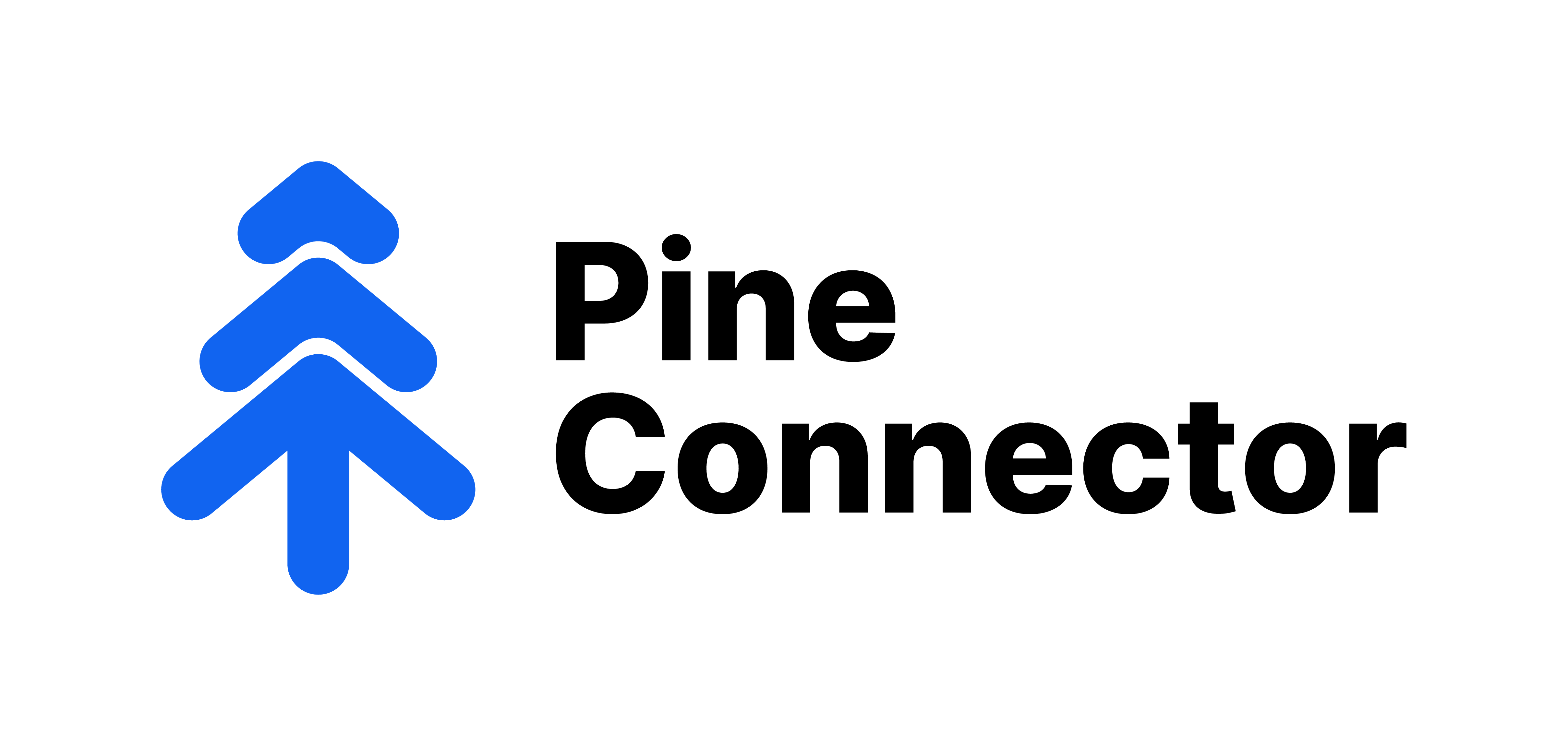Automated trading has revolutionized the financial markets, enabling traders to execute complex strategies with lightning-fast speed and precision. However, along with its advantages, automated trading also introduces significant risks.
Without proper risk mitigation techniques and best practices, traders could find themselves exposed to substantial losses. In this article, we will explore essential strategies to effectively manage risks and ensure the success of automated trading endeavors.
Understanding the Risks Associated With Automated Trading
Before diving into risk mitigation techniques, it's crucial to understand the risks associated with automated trading. These risks can be categorized into several key areas:
- Technical Risks: Automated trading systems rely heavily on technology. Technical glitches, software bugs, connectivity issues, and server crashes can disrupt trading operations and lead to losses.
- Market Risks: The financial markets are inherently volatile and unpredictable. Rapid price movements, sudden news announcements, and market gaps can lead to unexpected losses.
- Over-Optimization: Creating an overly complex trading strategy can lead to over-optimization. While a strategy may work well on historical data, it might perform poorly in real-time market conditions.
- Data Integrity: Reliable and accurate data is essential for making informed trading decisions. Using incorrect or outdated data can lead to misguided trades.
- Strategy Risks: Even well-designed trading strategies can fail due to changing market conditions or shifts in economic factors.
- Execution Risks: Proper execution of trades is vital. Slippage, where the executed price differs from the expected price, can impact profits and losses.
Mitigating Risks With PineConnector
One of the primary challenges in trading is managing emotions and sticking to a disciplined approach, particularly when faced with rapidly changing market conditions. PineConnector's automated execution eliminates the emotional biases that can lead to impulsive decisions and costly mistakes. By following the predefined parameters of your strategy without deviation, PineConnector ensures that your trades are executed consistently, minimizing the chances of impulsive actions that can lead to losses.
PineConnector's adaptability allows for the seamless integration of risk management principles. Through its user-friendly interface, you can fine-tune your strategy's settings to include precise risk management parameters.
Whether it's setting stop-loss and take-profit levels or incorporating position sizing rules, PineConnector executes trades while adhering to these parameters with unwavering consistency. This automated risk management approach ensures that potential losses are controlled and that each trade is aligned with your overall risk tolerance.
Additionally, PineConnector's ability to bridge the gap between your TradingView analysis and MetaTrader execution offers a valuable advantage in risk mitigation. TradingView alerts that are seamlessly translated into executable trades mean that you can act on opportunities without delay, reducing the exposure to sudden market movements that might occur while manually placing trades.
Implementing Additional Risk Controls
Risk controls serve as the guardians of your trading journey, guiding you through the ever-shifting landscape of the financial markets while safeguarding your capital. Implementing additional risk controls can help you stay on track to achieving your financial objectives.
Some of the most popular additional risk control measures include:
- Stop Loss Limits: Establishing a limit is important to protect against large losses, as market movements can be unpredictable. Stop loss limits are triggered when the price drops below a specified price point, automatically liquidating a position and protecting capital from further losses.
- Limit Orders: This type of order limits the amount you can lose in any transaction. A limit order will only be executed if the price reaches a specified level, allowing traders to efficiently manage their risk exposure while taking advantage of market volatility.
- Position Sizing: Taking into consideration the size of a position relative to the size of your trading account helps you ensure that any losses are within manageable levels. The larger the position, the greater the potential for returns – but also the higher risk associated with it.
- Equity stop-out limits: These limits prevent traders from over-leveraging their trading accounts. They are designed to protect capital and limit losses in case the market goes against a trader’s position.
Let's delve deeper into these and other risk control techniques that enhance the resilience of your trading strategy:
Stop-Loss Orders: Safeguarding Against Unforeseen Plunges
Picture this: You've meticulously analyzed trends, formulated a strategy, and executed a trade brimming with optimism. Then, like a sudden thunderclap, unforeseen news sweeps the market, triggering a plunge in the asset's value. This is where the brilliance of stop-loss orders truly shines.
A stop-loss order stands as your unwavering guardian, activated when an asset's price reaches a predetermined level. It's your contingency plan, a calculated exit strategy that shields your capital from unanticipated downturns. By establishing a clear price threshold at which you're willing to part ways with a trade, emotions are rendered powerless. This disciplined approach not only safeguards your financial stake but also fortifies your psychological fortitude to face market upheavals with resilience.
Maximum Drawdown Limits: A Safety Harness for Your Portfolio
Imagine a safety harness for your investment portfolio – that's what a maximum drawdown limit essentially is. This concept might sound a bit technical, but it's like setting a safety net to prevent your portfolio from falling too deep when market conditions get tough.
So, what's a drawdown? It's simply a measure of how much your investment drops from its highest point to its lowest point. Think of it as the ride's lowest point on a roller coaster. Now, the maximum drawdown limit is like a strict boundary you set for this drop. It's there to make sure your portfolio doesn't take a free fall into substantial losses.
If you're trading with automated strategies, drawdown limits can be incredibly useful. They provide a level of safety for your portfolio while keeping your trades within the boundaries of your risk management plan. You can set these limits in your trading software to ensure that no single trade will cause an excessive loss.
Another important aspect of managing drawdowns is the time frame. Drawdown limits must be set for a particular period of time, such as the past 30 days or 12 months. This will help you quickly identify changes in your trading strategies and adjust accordingly.
Position Sizing: Crafting Your Trade Magnitude with Precision
Position sizing is another key element when it comes to risk management for automated trading. It determines the size of each trade you take and helps ensure that your portfolio remains within a manageable range of losses or gains.
With careful position sizing, you can limit the amount of money at risk on any given trade while still maintaining enough capital to stay in the game. This approach allows you to focus on a strategy's overall performance over time rather than worrying about the outcome of each individual trade. It also ensures that no single trade has too big an impact on your portfolio.
When setting up position sizing rules, it's important to consider factors like volatility, potential profits, and maximum losses. You should also try to avoid oversizing your trades, as this can cause losses to accumulate quickly and put you in a more precarious financial position.
Volatility Filters: Navigating the Storms with Precision Instruments
Volatility filters are essential risk management tools for automated trading. They help limit your exposure to potentially risky trades and ensure that you only take on the level of risk that's comfortable for you. These filters can be tailored to meet your specific preferences, allowing you to filter out trades based on criteria such as potential drawdown, volatility, and more.
By setting up a set of volatility filters, you can quickly identify when the market is experiencing high levels of volatility and adjust your trades accordingly. This approach helps you to remain nimble and adjust to changing conditions in real-time.
It's important to remember that these filters are not infallible, however. If used incorrectly or without direction, they can fail to protect your portfolio in times of high market volatility. To get the most out of these tools, be sure to do regular backtesting and adjust the settings as needed.
Leverage Your Market Knowledge
When it comes to automated trading, market knowledge is king. It's essential that you have an in-depth understanding of the markets in which you are investing so that you can make informed decisions about when to enter and exit trades.
By leveraging your knowledge of the markets, you can better identify potential opportunities and take advantage of them when they arise. You can also create more effective entry and exit strategies that help reduce your risk while optimizing performance.
Ultimately, smart risk management tactics are essential for success with automated trading. By implementing the strategies outlined above, you can ensure that your trading activity is optimized for maximum returns and minimal risk. With the right approach, you can make sure that your investments are successful in the long run.
Test Different Strategies
Testing different strategies is an important part of automated trading and a key component of effective risk management. By testing various approaches, you can get a better understanding of which ones work best for your specific situation and goals.
This also helps you to identify when strategies are becoming outdated or ineffective, prompting you to make necessary changes. Additionally, testing different approaches can help you develop a more comprehensive trading plan that takes into account multiple factors such as market movements, economic indicators, and risk tolerances.
By testing different strategies over time and tweaking them according to your findings, you can develop an automated trading system that works best for the markets in which you are investing.
Conclusion
Conclusion
Automated trading with PineConnector opens the door to unparalleled opportunities, but it's essential to recognize that these rewards come hand-in-hand with substantial risks. The mastery of risk management is what separates successful traders from those who falter. By comprehending these inherent risks and harnessing the capabilities of PineConnector, traders can confidently navigate the intricate maze of the financial markets.
Incorporating PineConnector into your automated trading journey augments your risk management toolkit. With PineConnector's seamless integration, you not only automate your strategies but also elevate your risk control mechanisms, leading to a more secure and efficient trading experience.
Discover how we can help you fine-tune and automate your trading strategies for better results. Visit PineConnector today!
Sources
- https://www.pineconnector.com/
- https://www.investopedia.com/articles/trading/09/risk-management.asp
- https://www.forbes.com/advisor/in/investing/stop-loss-meaning/
- https://www.forex.academy/what-is-a-volatility-filter-in-forex/
- https://www.investopedia.com/terms/p/positionsizing.asp


